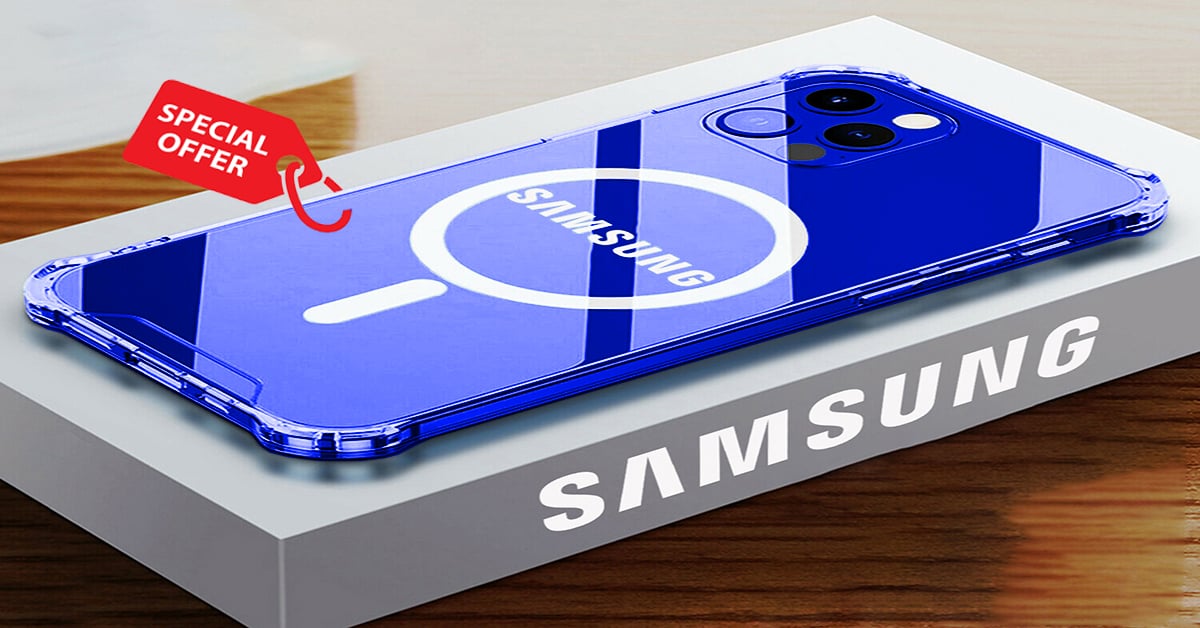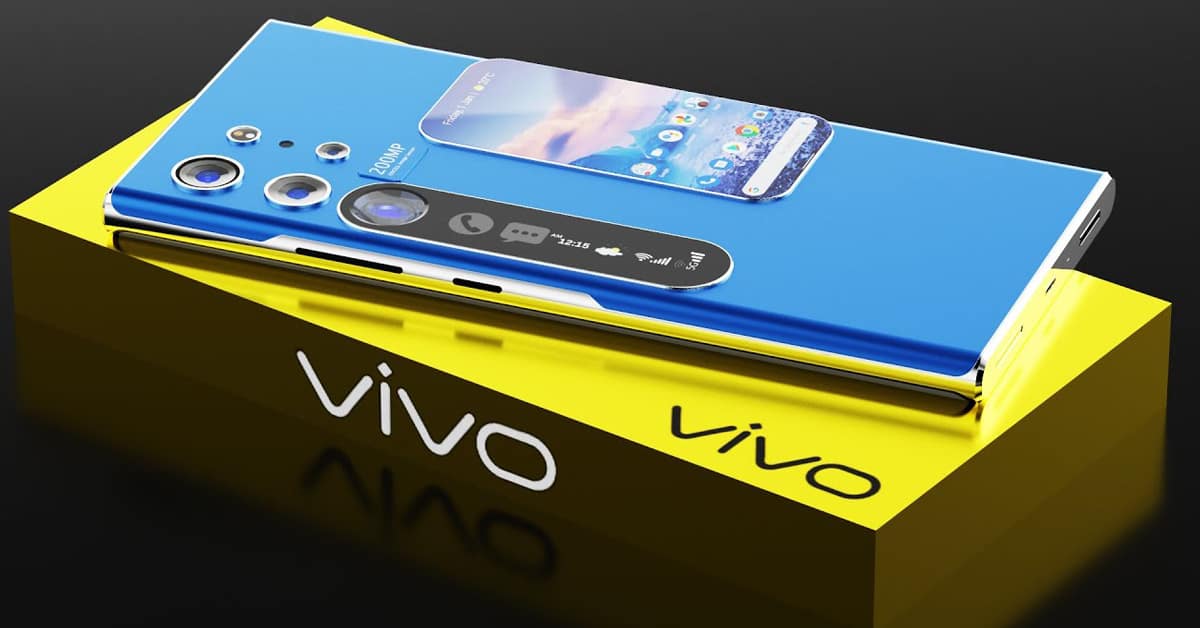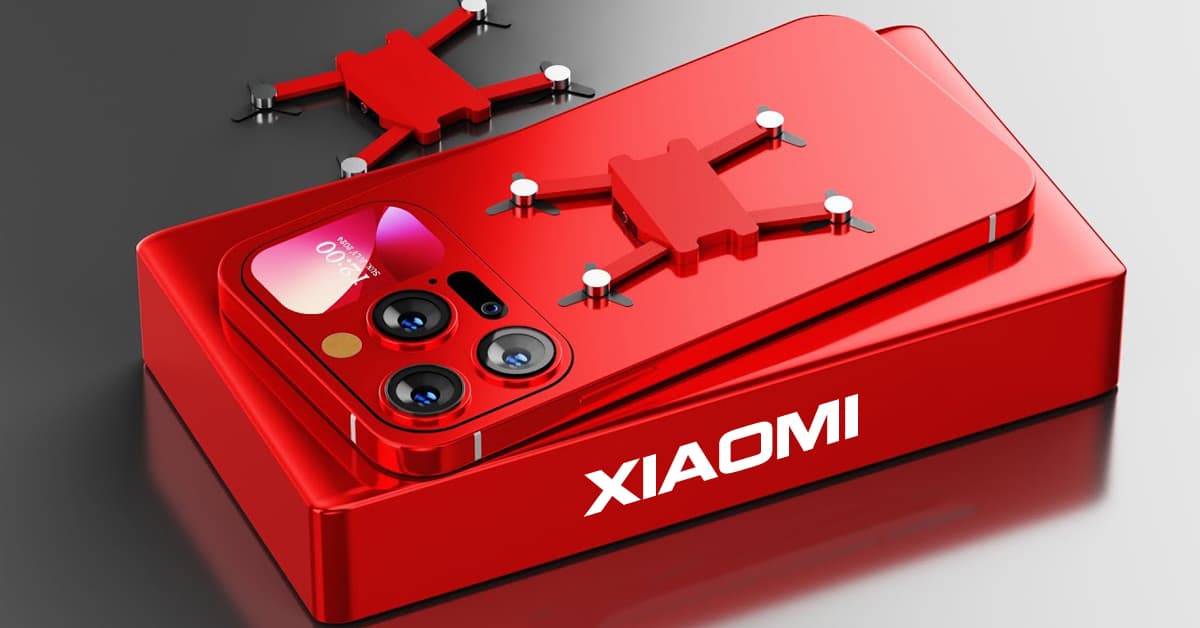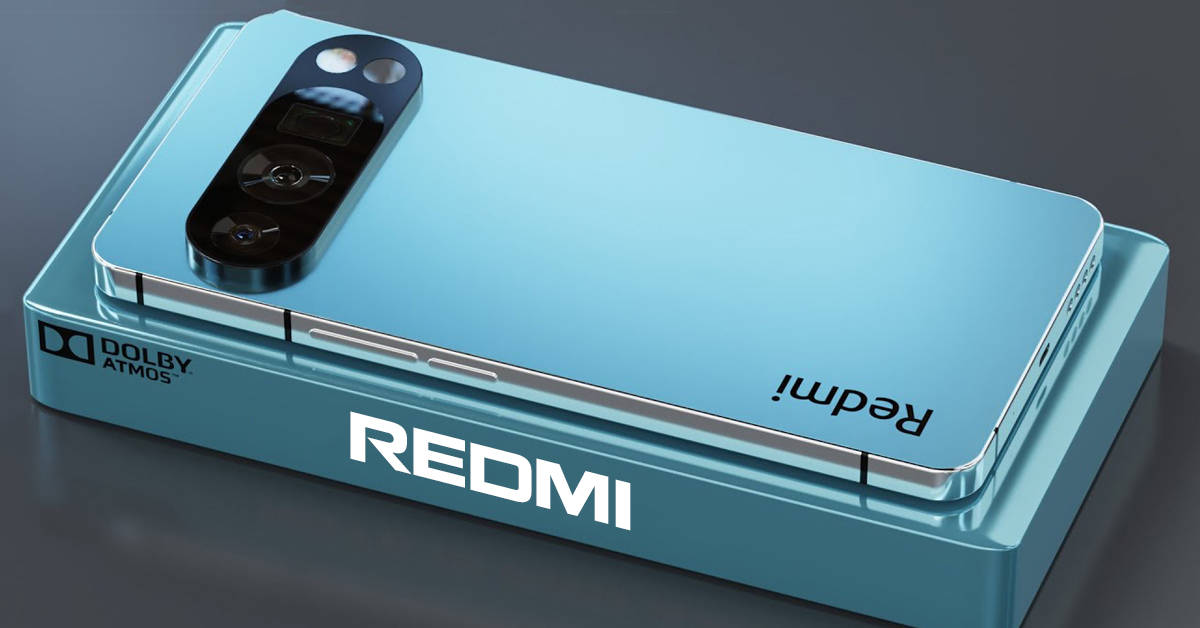4 Reasons Why Front Camera Is Usually Smaller
No matter how great a front shooter is, most of the time, it is less powerful than the main camera of the same phone. Here are our 4 reasons why front camera is usually smaller.

Front camera does not require a great resolution
We all know that front camera is designed for self-capture only. So first, it is clear that we do not want a selfie that shows every detail of our faces, including acnes, moles, skin poles and all other flaws. Although there are still many flagships whose front cameras are up to 13MP and even above, we are pretty sure that those cameras go with selfie applications or the photos must go through tons of available filters before they are posted on social network.
The second reason for smaller front cameras is that they are not used to capture landscapes, full-body or group photos,… which must be taken from a considerable distance. Meanwhile, the distance between you and a front snapper is the same as… the length of your arms (or of your selfie sticks). So it makes total sense that a massive number of megapixel is not really needed.

The third reason has to do with one of the most used smartphone functions nowadays: Video Call. Obviously, people use the front camera for video calling, because with low-resolution images, it will consume less internet data than the primary camera does. Just imagine the money you have to pay for video call when the front snapper of your phones records full HD videos. So with a smaller selfie shooter, you would save lots of money on internet data.
Smaller space for front camera
Last but not least, technically speaking, there is less space for front camera than for the primary one. Obviously, the front camera has to share its room with the screen display, the call speaker and mostly, the light sensor. On the other hand, primary camera seems to be the biggest feature on the back of the phone. As a result, selfie shooter is usually smaller in size and sensor.






